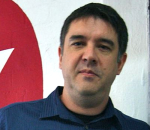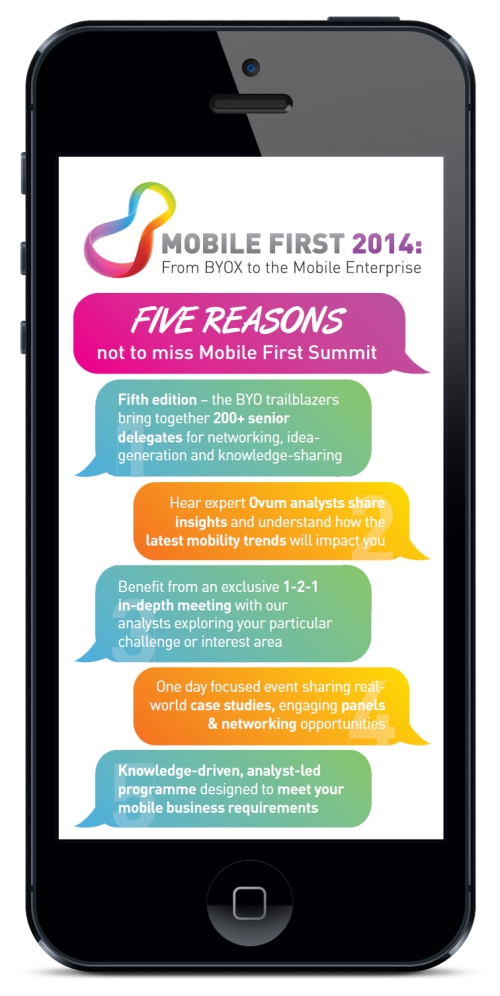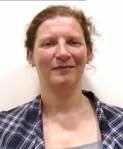Ovum recently caught up with Dan Crow, CTO of personalised live music events database Songkick, who is speaking at Ovum Industry Congress next month in London. Here are his fascinating insights on his career to date, the status of the IT industry, and what his challenges currently are.
 I am discussing Cloud Experiences in the Enterprise at OIC 2014. I believe that the move to the cloud is a vast opportunity that many are still struggling to fully take advantage of. I’m interested in how the experiences of smaller startups like Songkick can inform the practices of larger enterprises, and vice versa.
I am discussing Cloud Experiences in the Enterprise at OIC 2014. I believe that the move to the cloud is a vast opportunity that many are still struggling to fully take advantage of. I’m interested in how the experiences of smaller startups like Songkick can inform the practices of larger enterprises, and vice versa.
Ovum: From a learning experience viewpoint, what has been your most valuable lesson in your working career, or your most successful failure?
Dan Crow: The first startup I joined in Silicon Valley was a B2B intelligent search engine called Verb. I was the VP of Engineering and hired the development team from scratch. We built a strong product and had early paying customers. We attempted to raise a Series B funding round in 2001. This was in the teeth of the dotcom crash – the worst downturn in California in a generation.
We visited every VC on Sandhill Road, each one liked the business, but told us they weren’t funding anyone right then. I had to layoff the whole engineering team, people I considered friends as well as colleagues. We then sold the assets of the business to Dell. The experience was a sobering one, and made me determined that next time I would get a much better outcome for the people I worked with.
Ovum: Thinking about the conference strapline “Strategy, Technology and the art of the possible”, what tech related innovation, transformation or invention would you hope to see in your lifetime:
DC: In the last few years we have finally begun to see practical, industrial strength Artificial Intelligence being deployed. Techniques like Deep Learning appear to be a major breakthrough. But we are just starting on the journey to smart systems. AI will become widespread, some of it visible through Siri-like services, but much of it becoming a key part of enterprise systems.
Smart systems should be able to automatically understand the knowledge within disparate information systems. These systems will connect siloed data, automatically translating terminology and meaning. I expect that in 10-15 years, most ETL and data connection services will be automatically generated by AI systems and as a result big data will be cheap and commonplace in every enterprise.
Ovum: What has been the most rewarding project you worked on, and why it was rewarding?
DC: I led the engineering team that built Google Squared. This was a prototype technology that extracted billions of facts from the general web and made it available to users through a novel interface. We took a team of 10 of the best Google engineers for a year and built something extraordinary. The extraction technology we built now power’s Google Knowledge Graph, which is the next generation of search on Google. Building Google’s first web-scale semantic search engine that is now used by billions of people, is immensely satisfying.
Meet Dan at Ovum Industry Congress, 13-14 May 2014 at the Victoria Park Plaza, London. Enterprise IT professionals can claim a complimentary pass, here.
0.000000
0.000000

 I am discussing Cloud Experiences in the Enterprise at OIC 2014. I believe that the move to the cloud is a vast opportunity that many are still struggling to fully take advantage of. I’m interested in how the experiences of smaller startups like Songkick can inform the practices of larger enterprises, and vice versa.
I am discussing Cloud Experiences in the Enterprise at OIC 2014. I believe that the move to the cloud is a vast opportunity that many are still struggling to fully take advantage of. I’m interested in how the experiences of smaller startups like Songkick can inform the practices of larger enterprises, and vice versa. 2014 for most organizations is a pivotal year, most of the world is emerging from the deepest recession in living memory, and when this is combined with the advances in technology the impact on the pace of change will be dramatic. The two-day event has a wide range of topics covered, but for me it is the role of DevOps and how it will lead the way with transforming the IT department. Ovum approaches DevOps from two different perspectives, both a developer and a service and operations background. Understanding how Michael Azoff sees the DevOps movement evolving will demonstrate that change is about more than just technology.
2014 for most organizations is a pivotal year, most of the world is emerging from the deepest recession in living memory, and when this is combined with the advances in technology the impact on the pace of change will be dramatic. The two-day event has a wide range of topics covered, but for me it is the role of DevOps and how it will lead the way with transforming the IT department. Ovum approaches DevOps from two different perspectives, both a developer and a service and operations background. Understanding how Michael Azoff sees the DevOps movement evolving will demonstrate that change is about more than just technology.
 Laurent Lachal: At OIC, I am most looking forward to interacting with cloud service providers and consumers, especially during one to one analyst clinics that are freely available.
Laurent Lachal: At OIC, I am most looking forward to interacting with cloud service providers and consumers, especially during one to one analyst clinics that are freely available. “I am taking part in the Industry Leaders Panel discussing navigating challenges and delivering value in the digital world. I believe the notion that the IT landscape is changing is over-rated. The topics listed – the impact of automation and outsourcing, delivering ROI, evolving with industry transformation – could easily have been topics for discussion in the 1980s. I believe the purpose of the CIO and the IT department is, and always has been, to increase the NPV of their organisation. This could be done by transforming the business model, creating new products, services or assets, reducing costs or increasing efficiency. There are many routes to transformation. Sourcing strategies, agility and predicting change will always have a role.
“I am taking part in the Industry Leaders Panel discussing navigating challenges and delivering value in the digital world. I believe the notion that the IT landscape is changing is over-rated. The topics listed – the impact of automation and outsourcing, delivering ROI, evolving with industry transformation – could easily have been topics for discussion in the 1980s. I believe the purpose of the CIO and the IT department is, and always has been, to increase the NPV of their organisation. This could be done by transforming the business model, creating new products, services or assets, reducing costs or increasing efficiency. There are many routes to transformation. Sourcing strategies, agility and predicting change will always have a role.